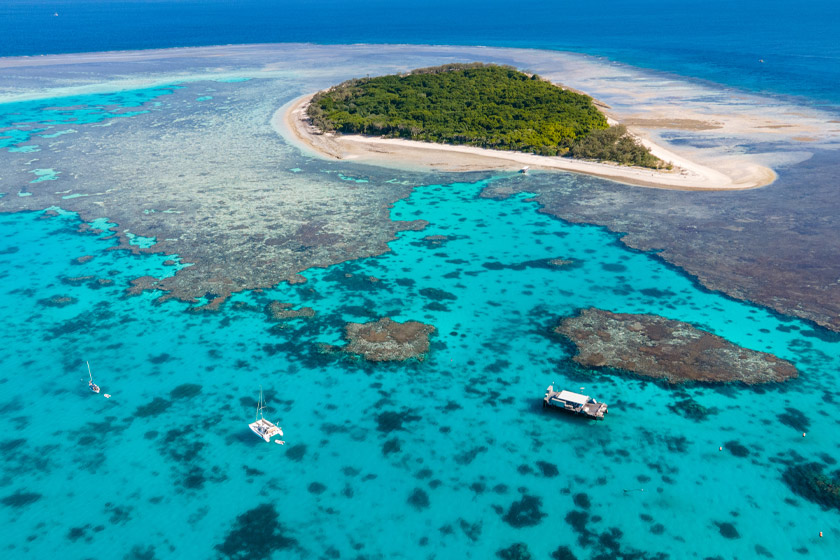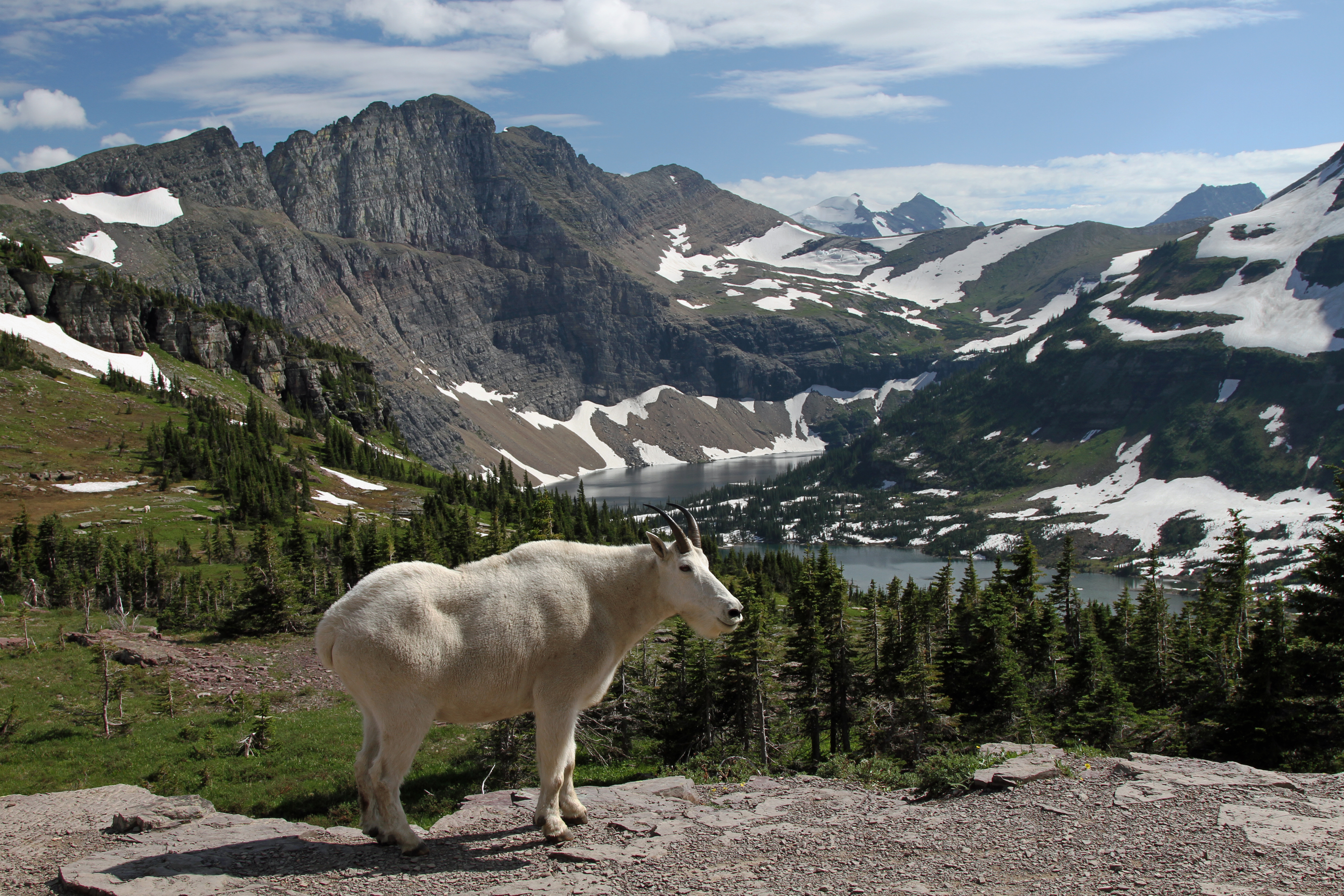Our planet is home to countless natural wonders and cultural treasures that have stood the test of time. However, due to various environmental and human factors, many of these stunning destinations are facing an uncertain future. From melting glaciers to eroding coastlines and threatened ecosystems, the clock is ticking for some of the world’s most breathtaking and unique places. In this comprehensive guide, we’ll explore 10 endangered destinations that should be on every traveler’s bucket list before they potentially disappear forever.
The Great Barrier Reef, Australia

Stretching over 1,400 miles along the northeastern coast of Australia, the Great Barrier Reef is the world’s largest coral reef system and one of the most biodiverse ecosystems on the planet. This natural wonder is home to thousands of species of fish, coral, and other marine life. However, the reef is facing an existential threat due to climate change, pollution, and overfishing.
Rising ocean temperatures have caused widespread coral bleaching, a phenomenon where coral expels the algae that provide it with food and color, leading to its eventual death. According to the Australian Research Council Centre of Excellence for Coral Reef Studies, the Great Barrier Reef has lost more than half of its coral cover in the past three decades. [Link: https://www.coralcoe.org.au/media-releases/summertime-struggle]
If you’ve always dreamed of exploring this underwater paradise, now is the time to plan your visit. Snorkel or dive among the vibrant coral gardens, encounter friendly sea turtles, and marvel at the incredible diversity of marine life. Remember to choose eco-friendly tour operators and follow responsible practices to minimize your impact on this delicate ecosystem.
The Dead Sea, Jordan, and Palestine

Situated between Israel, Jordan, and Palestine, the Dead Sea is a hypersaline lake renowned for its unique properties and healing waters. However, this natural wonder is rapidly shrinking due to human activity and climate change.
Over the past few decades, the Dead Sea has been losing water at an alarming rate, primarily due to the diversion of freshwater sources for agricultural and industrial purposes. As a result, the sea level has dropped by over 80 feet, causing the shoreline to recede and exposing vast expanses of salt flats. [Link: https://www.smithsonianmag.com/science-nature/dying-dead-sea-180973981/]
Visiting the Dead Sea is an otherworldly experience. Float effortlessly in the ultra-buoyant waters, immerse yourself in the therapeutic mud baths, and explore the stunning landscapes surrounding this natural wonder. Plan your trip soon, as the future of this iconic destination remains uncertain.
The Amazon Rainforest, South America

The Amazon Rainforest, often referred to as the “lungs of the planet,” is a vast and biodiverse ecosystem spanning across nine countries in South America. This lush tropical paradise is home to millions of plant and animal species, including many that are yet to be discovered by science.
Unfortunately, deforestation, illegal logging, and agricultural expansion have put immense pressure on the Amazon Rainforest. According to the World Wildlife Fund (WWF), nearly 20% of the Amazon has been deforested in the past 50 years, with the rate of deforestation increasing in recent years. [Link: https://www.worldwildlife.org/places/amazon]
Embark on an eco-adventure in the Amazon and immerse yourself in the vibrant tapestry of life that thrives within this verdant wonderland. Explore the winding rivers, spot exotic wildlife, and learn about the rich cultures of indigenous communities who have called the Amazon home for centuries. By supporting sustainable tourism initiatives, you can contribute to the preservation of this irreplaceable natural treasure.
The Maldives

The Maldives, an archipelago of nearly 1,200 coral islands in the Indian Ocean, is a tropical paradise renowned for its pristine beaches, crystal-clear waters, and luxurious overwater bungalows. However, this idyllic destination is facing an existential threat due to rising sea levels caused by climate change.
As one of the world’s lowest-lying countries, with an average elevation of just 4.9 feet above sea level, the Maldives is particularly vulnerable to the impacts of rising sea levels. According to the United Nations Environment Programme, over 80% of the Maldives could be submerged by the end of the century if global warming continues at its current pace. [Link: https://www.unep.org/news-and-stories/story/rising-sea-levels-threaten-very-existence-maldives]
While efforts are underway to adapt to these changes, the time to experience the breathtaking beauty of the Maldives is now. Indulge in world-class snorkeling and diving adventures, relax on pristine white-sand beaches, and savor the laid-back island lifestyle before this tropical gem potentially disappears beneath the waves.
Glacier National Park, United States

Nestled in the majestic Rocky Mountains of Montana, Glacier National Park is a natural wonderland renowned for its stunning glaciers, alpine meadows, and diverse wildlife. However, this iconic American park is facing a dire threat due to rapidly melting glaciers caused by climate change.
According to the United States Geological Survey (USGS), Glacier National Park has lost 39 of its iconic glaciers since 1966, and the remaining 26 glaciers are projected to disappear by the year 2030 if current warming trends continue. [Link: https://www.usgs.gov/centers/norock/science/glacier-retreat-glacier-national-park]
Plan your visit to Glacier National Park soon to witness the awe-inspiring beauty of these ancient ice formations before they vanish forever. Hike through pristine wilderness, spot majestic wildlife like grizzly bears and mountain goats, and immerse yourself in the rugged grandeur of this rapidly changing landscape.
The Ruins of Petra, Jordan

The ancient city of Petra, carved into the red sandstone cliffs of southern Jordan, is a breathtaking archaeological wonder and a UNESCO World Heritage Site. This rose-colored city, once a thriving trade hub, has stood as a testament to human ingenuity and resilience for over 2,000 years.
However, the ruins of Petra are facing threats from natural erosion, tourism pressures, and potential damage from flash floods and earthquakes. According to the World Monuments Fund, several structures in Petra have already been damaged or collapsed due to these factors. [Link: https://www.wmf.org/project/petra-archaeological-park]
Explore the narrow Siq canyon, marvel at the iconic Treasury façade, and wander through the intricate tombs and temples carved into the rose-hued rock. By visiting Petra, you not only bear witness to an ancient wonder but also contribute to the preservation efforts that aim to protect this invaluable cultural heritage site for future generations.
The Everglades, United States
:max_bytes(150000):strip_icc()/GettyImages-1216404158-ef6d83a2a48e4e4c8ffe4a3c836a155c.jpg)
The Everglades, a vast wetland ecosystem spanning across southern Florida, is a unique and delicate environment that supports a diverse array of plant and animal life, including several endangered species like the Florida panther and the West Indian manatee.
However, this “River of Grass” is facing a multitude of threats, including urban development, agricultural runoff, invasive species, and the impacts of climate change. According to the National Park Service, nearly half of the original Everglades has been drained or developed, putting immense pressure on the remaining ecosystem. [Link: https://www.nps.gov/ever/learn/nature/threats.htm]
Immerse yourself in the untamed beauty of the Everglades by exploring its mangrove forests, sawgrass prairies, and winding waterways by airboat or kayak. Spot elusive wildlife, learn about the rich Native American history of the region, and appreciate the importance of preserving this unique and endangered wetland wonder.
The Ancient City of Timbuktu, Mali

Timbuktu, a historic city in the heart of the Sahara Desert, was once a flourishing center of trade, learning, and Islamic culture. This remote desert outpost, with its iconic mud-brick mosques and ancient manuscripts, has captivated the imagination of travelers for centuries.
However, the ancient city of Timbuktu is facing threats from desertification, erosion, and the impacts of climate change. According to UNESCO, rising temperatures and changing rainfall patterns have contributed to the degradation of the city’s iconic earthen architecture, putting its cultural heritage at risk. [Link: https://whc.unesco.org/en/list/119/]
Step back in time and explore the winding alleys, bustling markets, and centuries-old mosques of Timbuktu. Learn about the rich intellectual and cultural legacy of this fabled city, and witness the remarkable resilience of its people in the face of environmental challenges.
The Belize Barrier Reef, Belize

The Belize Barrier Reef, a UNESCO World Heritage Site, is a breathtaking underwater paradise located off the coast of Belize. This vast reef system is home to an astounding array of marine life, including colorful coral gardens, schools of tropical fish, and gentle whale sharks.
However, this natural wonder is facing threats from climate change, pollution, and unsustainable tourism practices. According to the World Wildlife Fund (WWF), the Belize Barrier Reef has suffered from widespread coral bleaching and disease outbreaks due to rising ocean temperatures and other environmental stressors. [Link: https://www.worldwildlife.org/places/belize-barrier-reef]
Dive or snorkel in the crystal-clear waters of the Belize Barrier Reef and witness the incredible diversity of marine life that calls this vibrant ecosystem home. Support sustainable tourism initiatives and responsible reef practices to help preserve this underwater gem for generations to come.
The Glaciers of Patagonia, Argentina and Chile

Patagonia, a remote and rugged region spanning across southern Argentina and Chile, is home to some of the world’s most spectacular glaciers. From the towering spires of the Perito Moreno Glacier to the vast expanse of the Upsala Glacier, these icy wonders are a sight to behold.
However, these iconic glaciers are rapidly retreating due to climate change and rising temperatures. According to the National Park Service of Argentina, the Upsala Glacier has retreated over 3 miles in the past century, while the Perito Moreno Glacier has experienced significant melting and calving events in recent years. [Link: https://www.parquesnacionales.gob.ar/areas-protegidas/region-patagonia-austral/pn-glaciares/]
Embark on a once-in-a-lifetime adventure in Patagonia and witness the awe-inspiring beauty of these glaciers before they potentially disappear forever. Hike along stunning trails, kayak among icebergs, and marvel at the raw power of nature in this remote and unspoiled wilderness.
As we explore these endangered destinations, it’s crucial to remember that our actions have a direct impact on the preservation of these natural and cultural wonders. By embracing sustainable tourism practices, supporting conservation efforts, and spreading awareness, we can play a vital role in safeguarding these treasures for future generations.
Don’t let these breathtaking destinations become mere memories. Start planning your journey today and experience the wonders of our planet before they potentially disappear forever. Remember, responsible travel is not just about ticking off bucket list items; it’s about leaving a positive and lasting impact on the destinations we visit.
Did you like this article? Do not hesitate to share it on social networks and subscribe to Discover the World on Google News to not miss any articles!